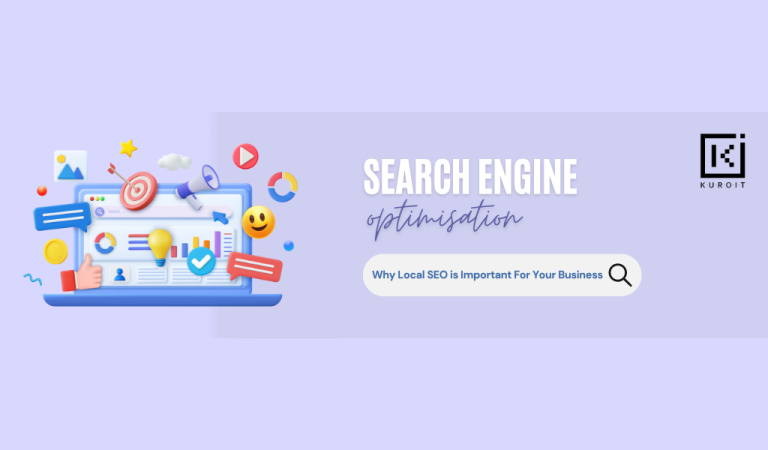On a very basic level, SEO is an acronym for search engine optimisation. It identifies with Google (and other search engines ) and how obvious your business is the point at which you individuals search-related words. Although Google may appear as self-operating know-it-all, it depends intensely on how sites are organised to locate the best outcomes for every client. So what do you have to know?
Keywords
In layman’s terms, SEO is tied in with making your site as ‘readable’ as possible for Google. At the point when clients type a term into Google, it will be pursuing every one of the sites in the World Wide Web to see how often this keyword or phrase the client is looking for is mentioned.
On the off chance that the keyword stands out on your site for your local area, you’ll get shown as part of the results, and the more it’s mentioned (to an extent) or the more significant the word is on your site, the higher you’ll rank.
URL
There are a few places where you can pack in keywords. The primary spot is in your domain name – obviously, this must identify with your business above all else. This is because if someone searches for you by your business title, you’ll quickly pop up. It is anything but a smart thought to make individuals think about what your URL may be. However, if you can include a keyword also, this can push your Google ranking up.
Blogging
It’s also great to have blog content on your webpage as this is an incredible spot for pressing in keywords and adding plenty more content to your website for Google to peruse. Ideally, the blog needs to be around 350+ words to start getting picked up by Google.
Ready to take your business to the next level?
Let us help you generate more leads and sales online.
Consider adding keywords to your major subject header just as to your general content for additional visibility. The blogs must relate with your business segment as this will catch individuals who are interested in what you do and will help Google set up what industry part you fit into.
Include synonyms for words so that you are covering lots of different possible search entries. High quality, elegantly composed and insightful blog posts are bound to be shared via web-based networking media and connected to.
Meta-descriptions
At the point when you search, you will discover the data is introduced to you in a hierarchy – main title, URL, date and after that a short sentence detailing what the page result contains. This is your ‘meta-portrayal’. It is known as an ‘HTML attribute’ and clarifies what is on the site page.
These are a set length as Google doesn’t demonstrate the entire page, so being brief and clear is significant. It is likewise an extraordinary spot to pack in certain keywords to help with your SEO.
For more information, get in touch with the Kuroit team today.













